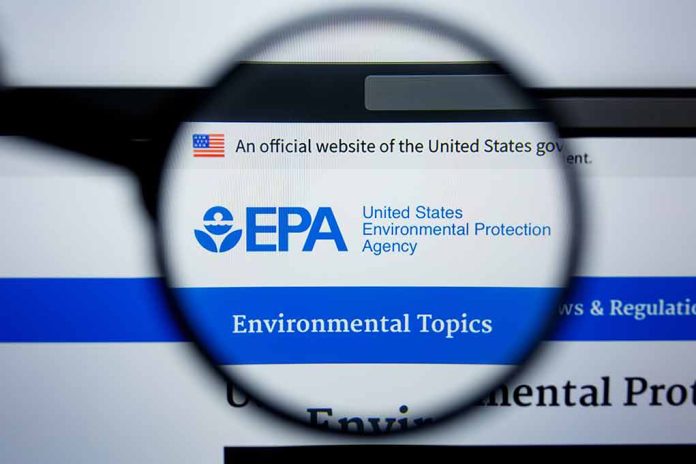
(BrightPress.org) – The Environmental Protection Agency (EPA) is coming under scrutiny after a September 2023 letter from Sen. Chuck Grassley (R-IA) addressed to EPA Administrator Michael Regan resurfaced in which the Senator asked Regan to explain why the EPA is making multi-million dollar purchases of advanced military hardware, weapons, and ammunition.
In the letter, Grassley highlights how the EPA has already spent nearly $3 million during the first three years of the Biden administration. With a year left to go, that’s already more than double what the Trump administration spent during its entire four years. The letter also noted that Obama’s EPA spent $6,584,473 on armor, mobile command vehicles, firearms, and other military equipment.
The letter inquired as to why the agency needed it and outlined a request for a full accounting and all records related to every time the equipment was used in the field.
Grassley noted that from 2005 through 2023 the EPA dropped over $8 million on trailers and motor vehicles. This category included mobile command posts, segways, and all-terrain vehicles, according to Grassley. He mentioned an additional purchase of $61,362 for a remote-controlled ground vehicle, that’s one expensive drone.
Grassley further highlighted spending of just under $34,000 for flyable drones and a further $207,442 on “deception equipment” and “camouflage.”
The EPA maintains an operational force of roughly 200 federal officers who have access to 857 guns and roughly half a million rounds of ammunition, per Grassley.
Crucially, Grassley is asking for a full detailed summary of every time the equipment was used.
Grassley pointed out that this is the same organization that recently had a stunning defeat at the SCOTUS. EPA had argued for expansion of its authorities to include the ability to regulate every puddle, ditch, and seasonal pond in the country under the Clean Water Act. SCOTUS slapped down their arguments and restricted its ability to the letter of the law, which only includes established and consistent lakes, rivers, streams, and swamps.
Copyright 2024, BrightPress.org
















